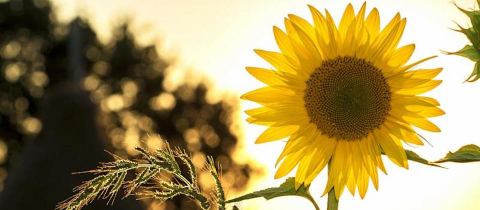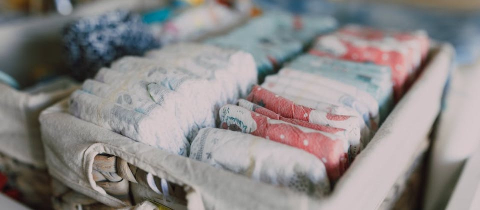If you’re someone who likes to hike, bike, garden, run or do pretty much any physical activity, you’re likely quite familiar with getting blisters.
These fluid-filled skin bubbles can hypothetically form anywhere on your body but tend to form in places with a thick stratum corneum (the outermost layer of your skin) like the palms of the hands or soles of the feet. They are the result of an object (like a boot or a shovel handle) applying a force on our outer layer of skin, causing it to shear or split from the inner layers.
The space created by this skin split is then filled with fluid due to hydrostatic pressure. The fluid is usually clear and similar to blood plasma (although contains less protein) but if the skin split goes through several layers, the blister can fill with blood instead.
Moist skin is more likely to generate blisters than wet or dry skin, thanks to the forces of friction. When skin is wet, the water can act as a lubricating agent between an object and your skin. Similarly, when skin is dry, repeated rubbing against dry skin causes exfoliation and the buildup of a thin layer of dead skin cells that serve as a lubricant. But when skin is moist the dead cells are stuck to the skin and are unable to act as lubricants.
What should you do when you get a blister? Ideally, nothing. Blisters take roughly 7-10 days to heal and usually leave no scar. However, they can become infected if exposed to bacteria. If you don’t pop a blister, it remains a sterile environment, virtually eliminating any risks of infection.
But, if a blister is somewhere it cannot avoid being popped, or if it’s painful, draining it (carefully!) is an option. Preferably, have a medical expert drain it for you, but either way, make sure not to tear off the top of the blister! It serves as a biologic dressing over the wound and helps to keep it bacteria-free.
Whether you pop it or not, you can cover your blisters with a bandage to help cushion it, but topical antibiotics aren’t necessary. You could, however, always try an unconventional approach like covering your blisters with cyanoacrylate, or super glue! At least one study has found it more effective at reducing pain from blisters in soldiers and praised its ability to stay on for many days at a time.
@AdaMcVean
Leave a comment on this article!







